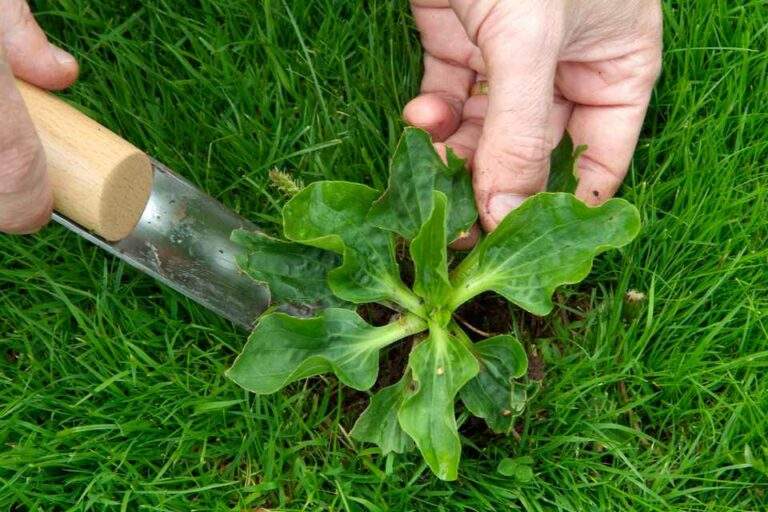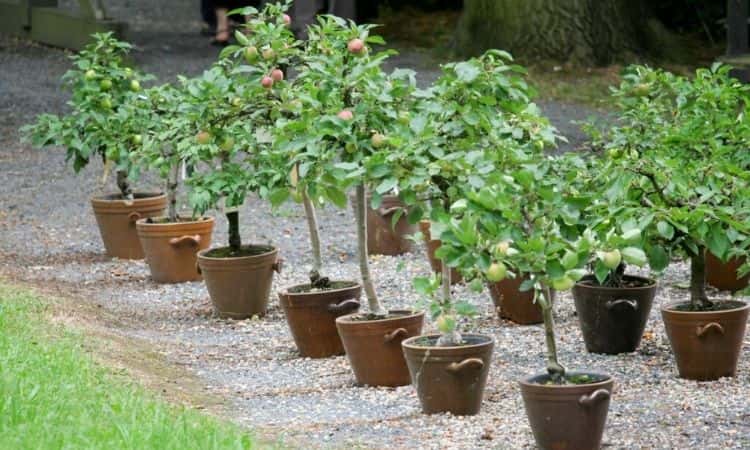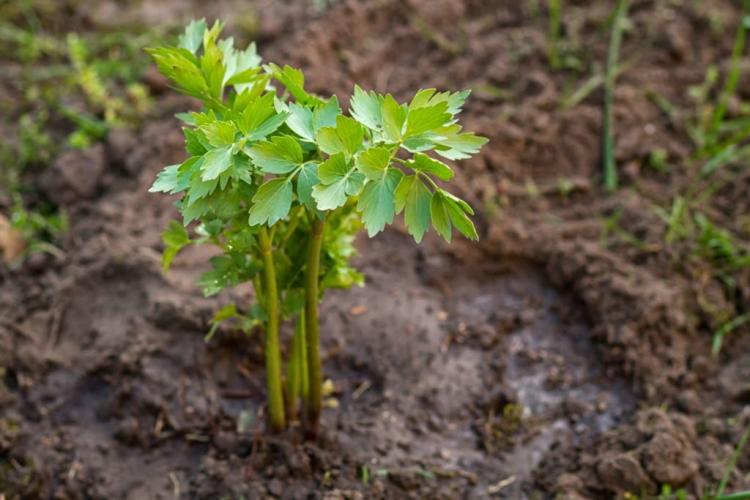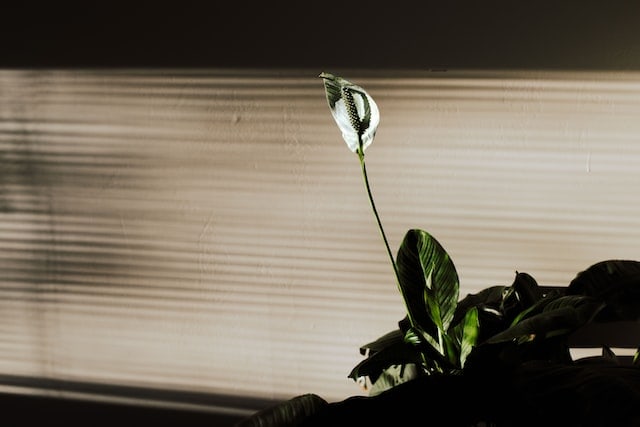Companion Planting With Turnips
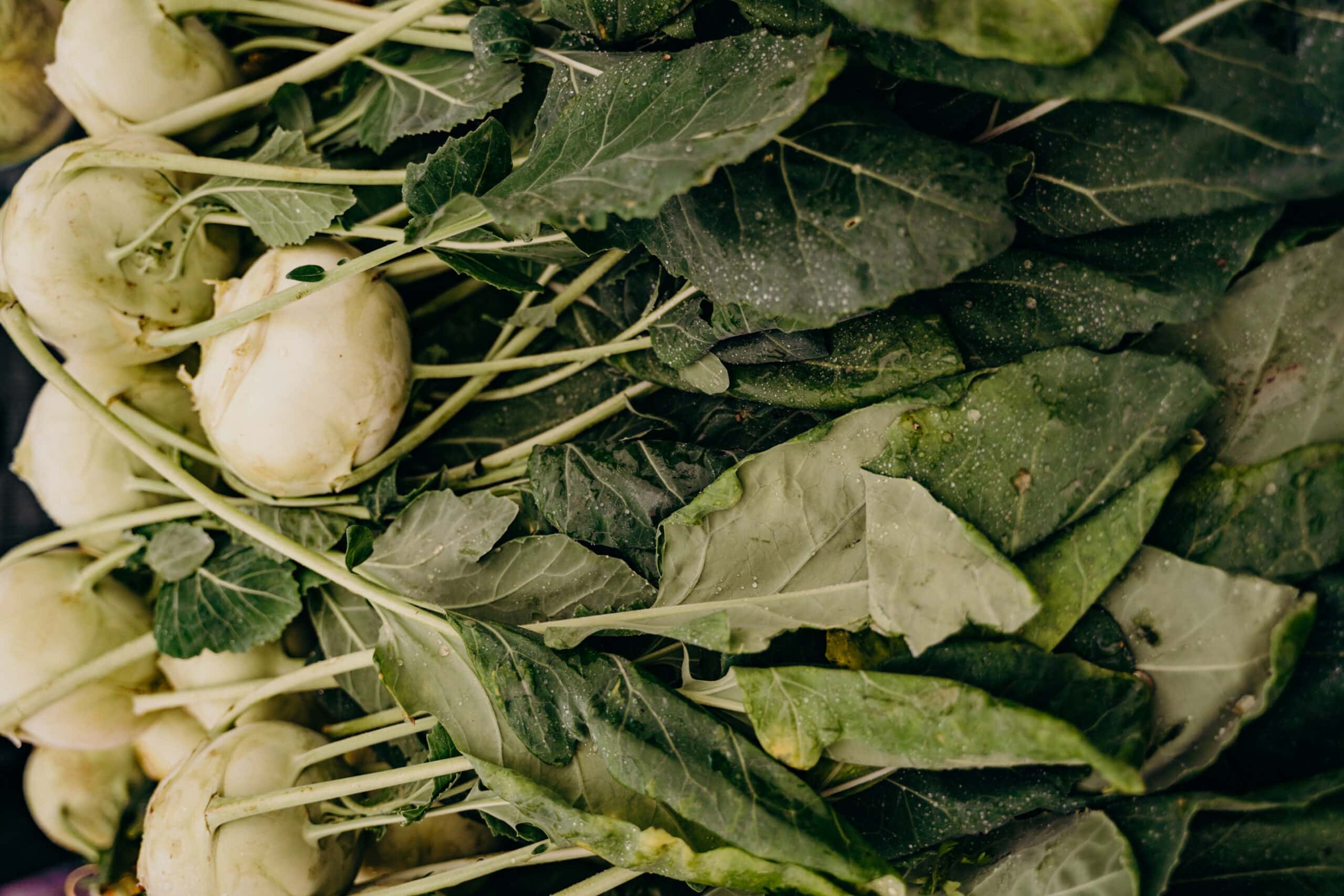
There are plants you should keep close and keep away from when growing turnips. You will find useful recommendations for turnip companion plants on this page!
Turnips have white flesh and sweet, peppery flavor plants and are biennial members of the mustard family. They make an excellent alternative to potatoes when roasted or mashed. In addition, turnip greens have a peppery flavor, making them a perfect addition to salads and sandwiches.
Turnip plants thrive in spring and fall and are resilient cool-weather crops. The roots can be picked when they are two inches in diameter or more, but the longer you wait to harvest them, the bigger they get.
What is Companion Planting?
Table of Contents
A gardening practice known as companion planting is growing two or more plants together for mutual benefit. The plants can be intercropped or grown next to one another or planted in alternate rows.
Companion planting has several advantages. Companion plants can boost one another’s growth, act as natural pest control, and increase food production. Some plants have a natural ability to ward off pests, attract pollinators, or attract beneficial insects to the vegetable garden.
The Best Turnip Companion Plants
The best companion plants aid in insect repulsion and improves both vegetable crops’ health and growth. Here are the beneficial plants for turnips.
Brassica Family
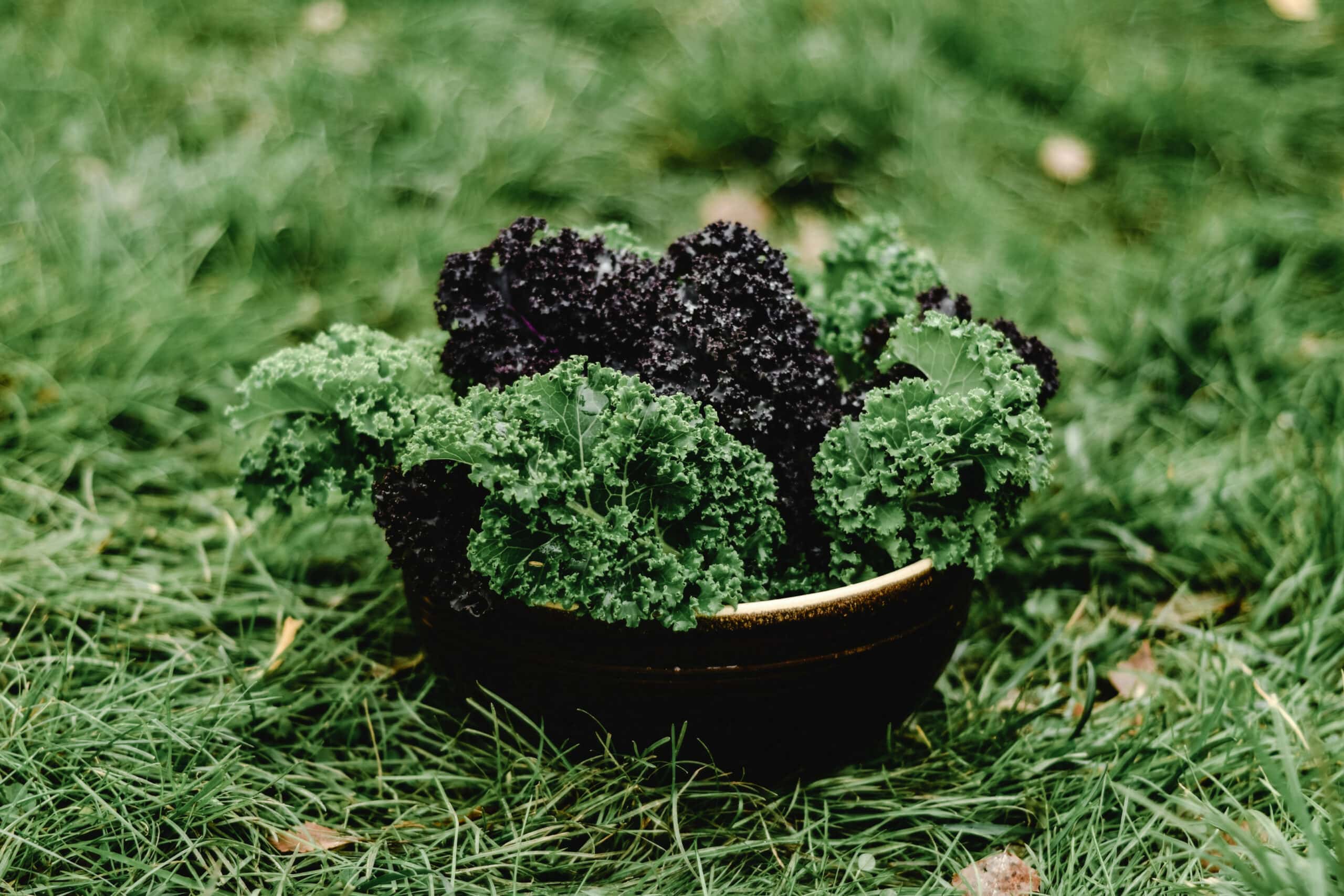
Turnips make excellent companion plants for brassicas like broccoli, kale, and cabbage, more so for the other vegetables than the turnips themselves! Aphids, slugs, and other hungry grazers are lured away from the cabbage and kale by the turnips.
Garlic Plants
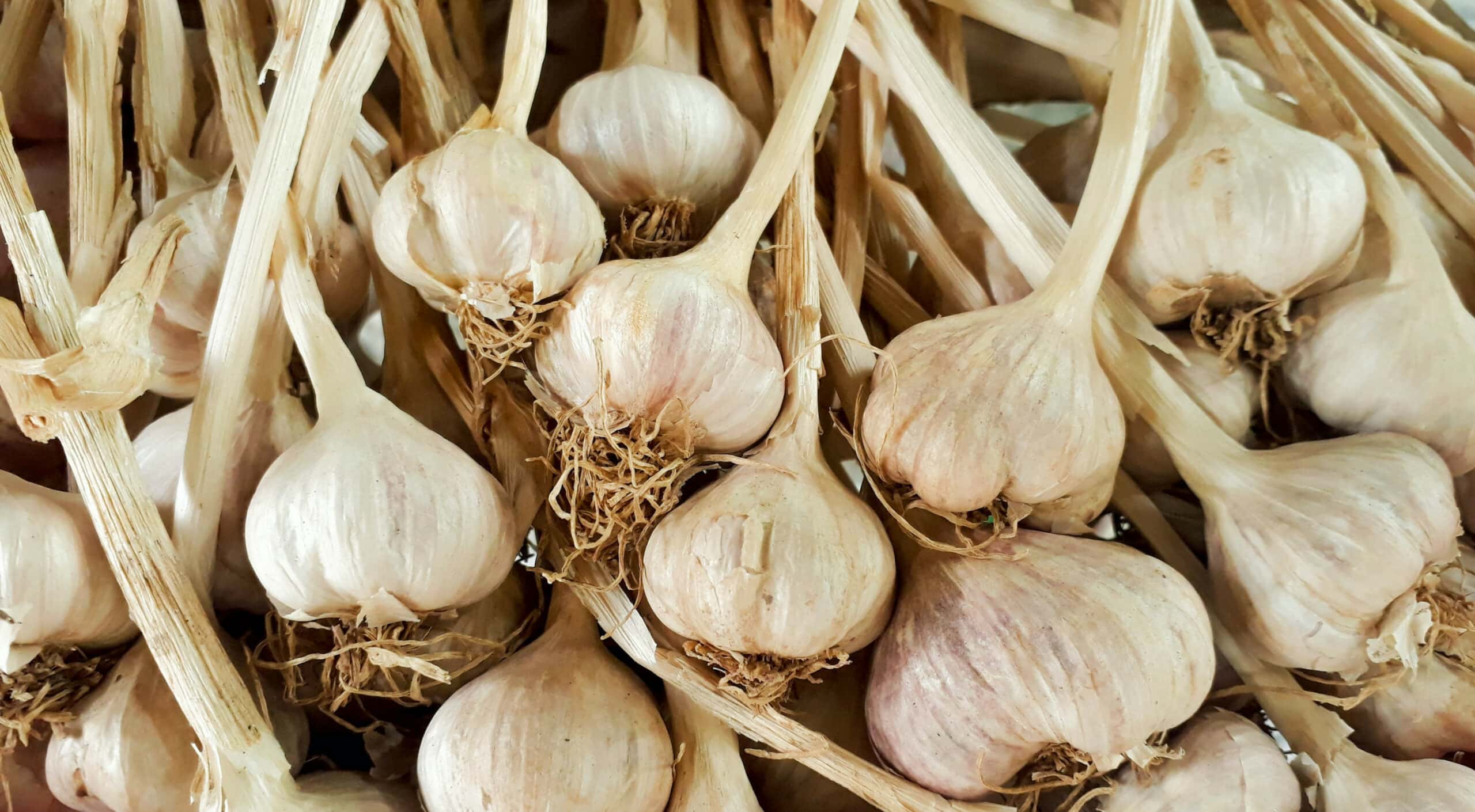
Garlic is one of the best-cultivated companion plants with turnips. Allium family plants pair well with other garden crops. They exude smells that deter garden pests. Although turnips and garlic are both bulb plants, turnips will not suffer if they are planted together.
Planting garlic with turnips helps in producing flavorful turnips.
Onion Plants
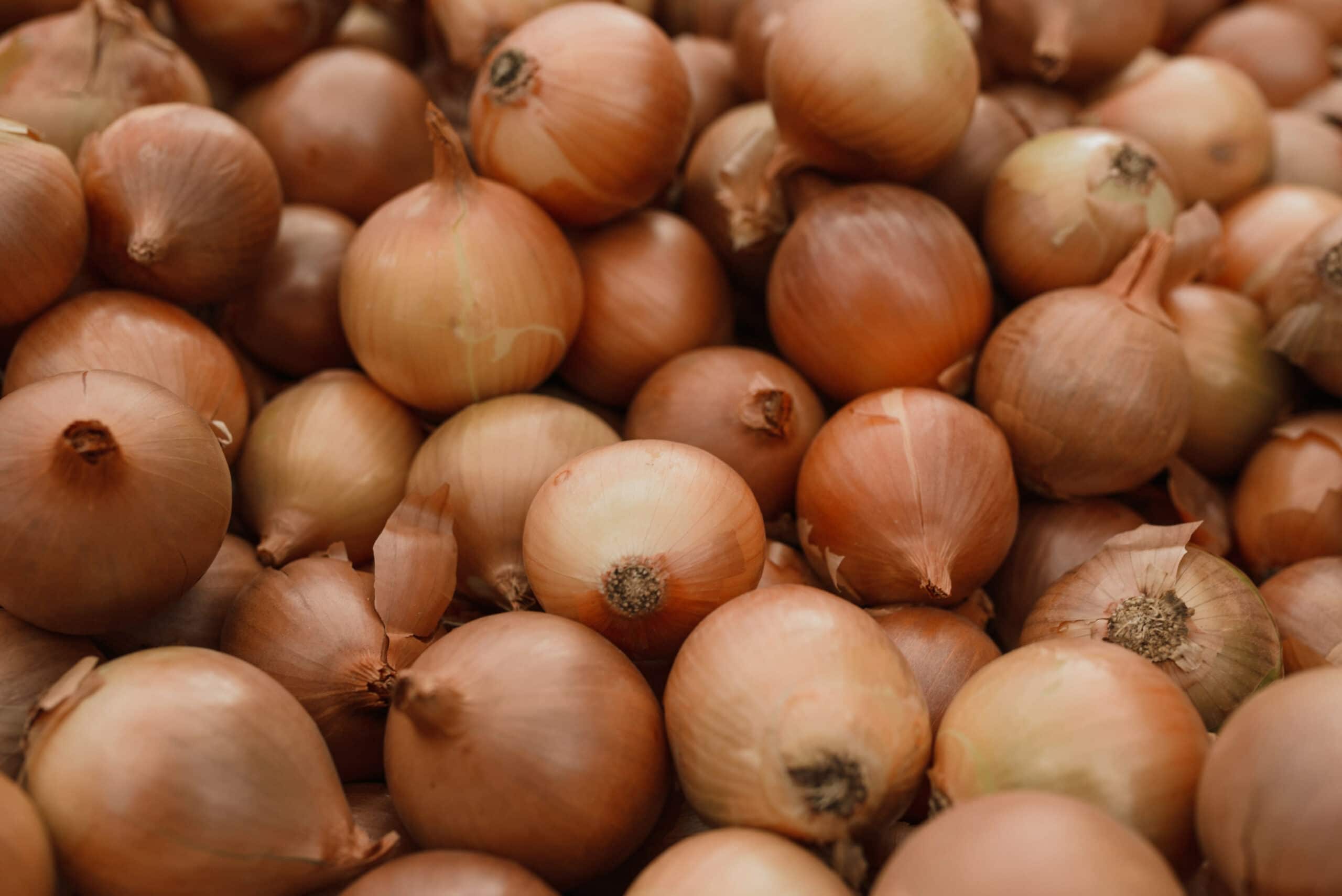
For over 7,000 years, onion plants have been cultivated and improved. It is a vegetable and the Allium genus’ most widely farmed species.
Despite being a biennial plant, onion is sometimes planted as an annual plant. Onion varieties today can reach heights of 15 to 45 cm (6 to 18 inches).
You Might Also Like Preserving Onions
Peas and Pole Beans
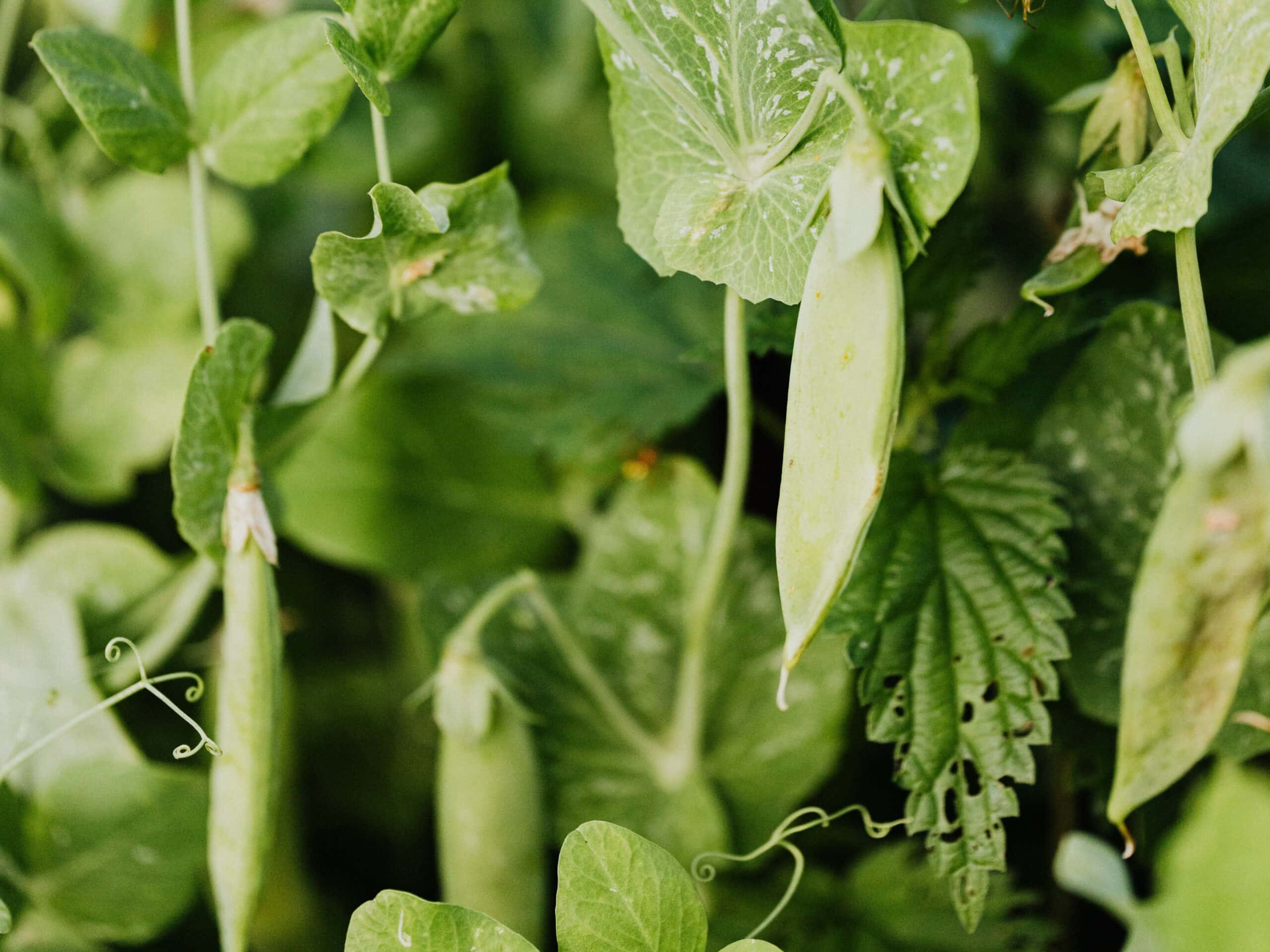
Turnips pair very well with pea plants in the garden. Planting turnips next to peas and pole beans allows either of the two to act as a natural fertilizer and growth promoter. Either of these two plants is a nitrogen-fixing plant.
Peas develop upward, whereas turnips send their growth down below the surface, occupying a different growing region.
Thyme
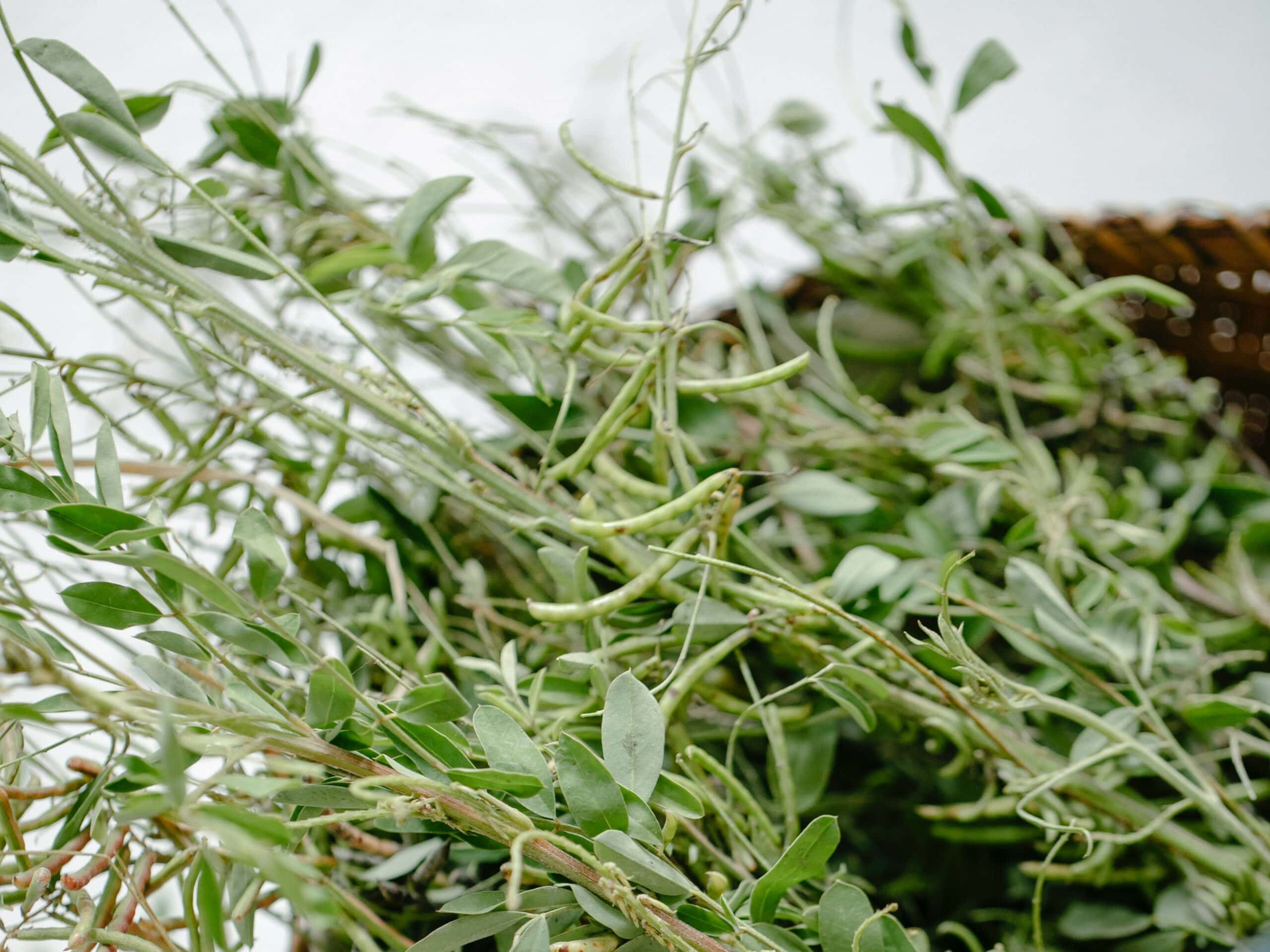
Discussing companion planting with turnips is impossible without bringing up thymes. They share a genus with the oregano, known as Origanum.
Thyme is a great companion plant. It is a versatile herb with decorative, culinary, and clinical uses; the Thymus vulgaris species is the most popular for culinary and clinical uses.
Growing thyme successfully requires hot, sunny weather conditions and soil with good drainage. It is a perennial that is best planted in the spring and continues to thrive throughout the year. Cuttings, seeds, and rooted plant divisions can all be used to spread thyme.
Mint and Catnip Plants
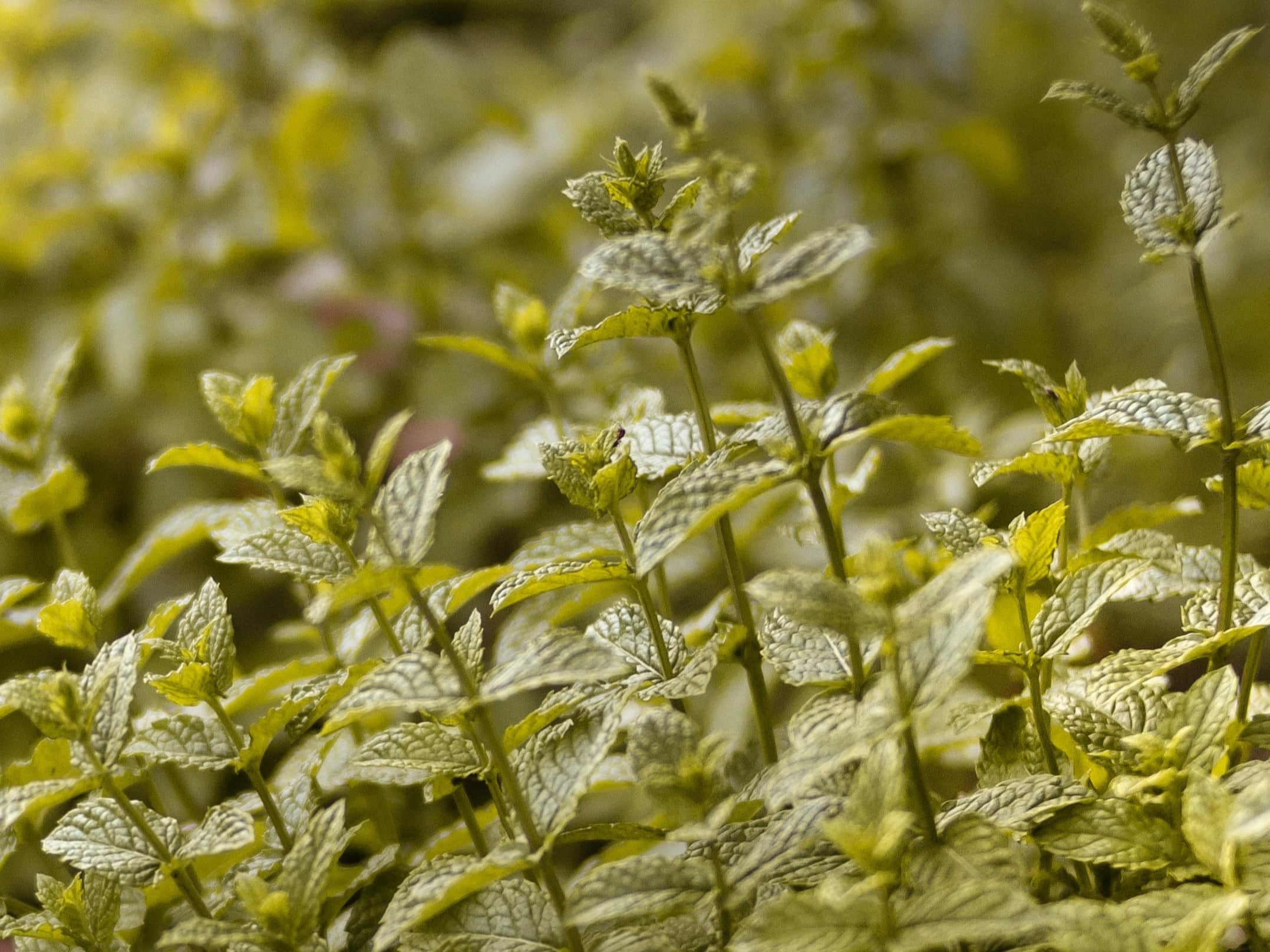
Aromatic herbs like mint and catmint, also known as catnip, make great companion plants for turnips. The pungent aroma of mint deters flea beetles and aphids, which would otherwise feast on your turnips. Strange as it may seem, mint is quite effective at luring earthworms, which are beneficial for the soil, and predatory wasps, which are useful for reducing pest populations.
Since mint and catmint are strongly scented herbs, the best way to utilize these aromatic plants is to put them in a container garden next to your turnip plant and apply chopped mint as mulch.
You Might Also Like How to Trim Mint
Nasturtiums
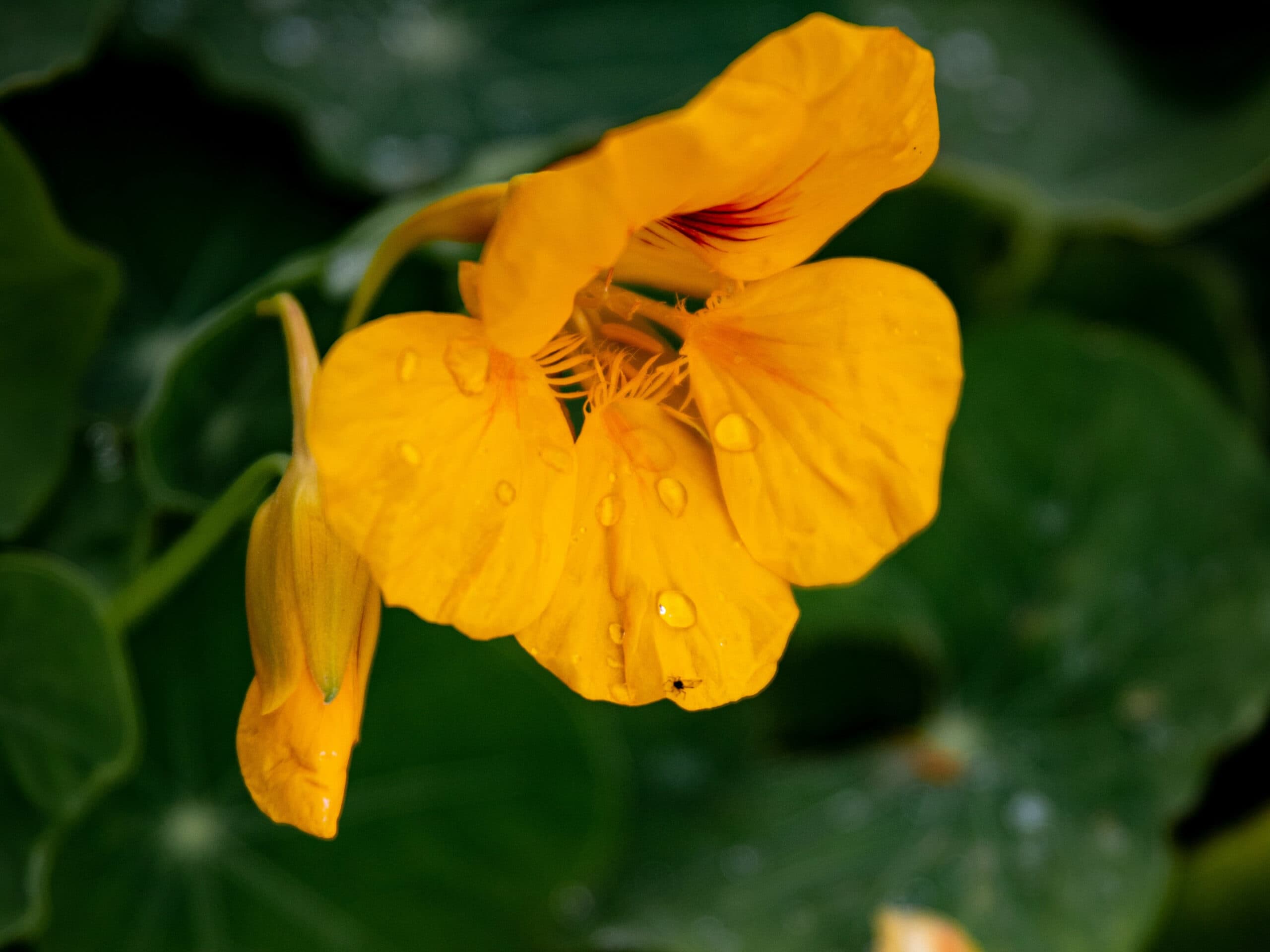
The nasturtium is a great plant to grow alongside turnips for a few reasons.
Firstly, the nasturtium’s vibrant blossoms attract beneficial insects like hoverflies, parasitic wasps, bees, and butterflies.
Second, the nasturtium vines grow very slowly and can be used as a living mulch by covering the ground around your turnip plants to prevent moisture loss and weed growth.
Cabbage moths, which would otherwise feast on your turnip leaves, are repelled by the aroma of nasturtiums.
Nasturtiums look pretty, and their foliage and tendrils are great for keeping the garden soil temperature cold and moist around the turnip patch. In conclusion, nasturtiums are effective in warding off cabbage moths.
Planting flowers among your vegetables is a great way to brighten your garden and give it a more rustic vibe.
The Worst Turnip Companion Plants
Knowing which plants will not grow well together is just as important as knowing which foods will benefit from one another for companion planting. Some plants can transfer pests and illnesses or compete for resources, which can hasten their spread. Avoid growing the following crops with your turnips.
Potatoes
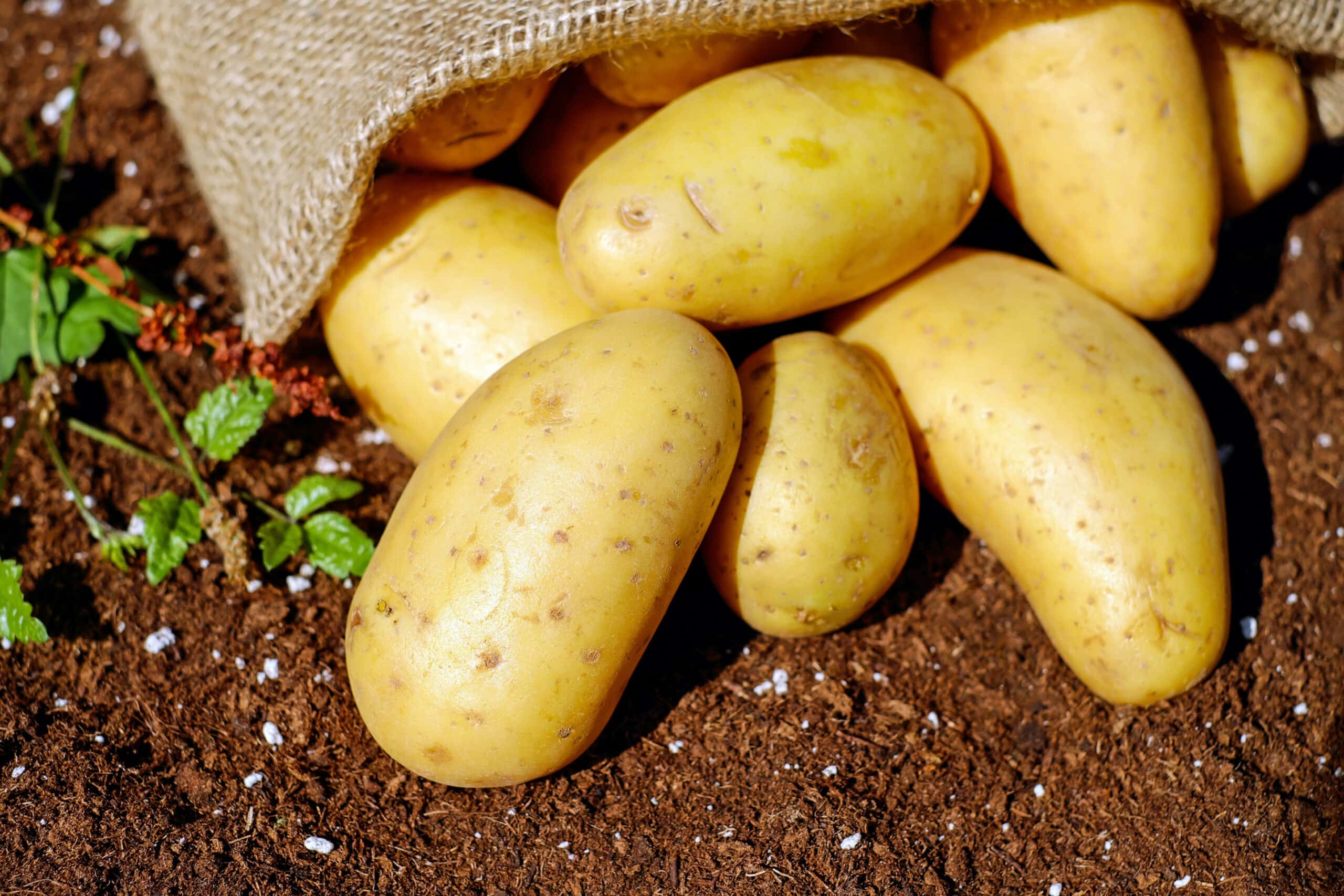
Growing two root or tuber crops next to one another is not a good idea. Both require room to spread their tubers and roots and may inhibit turnip growth. Tomato plants are better if you want a nightshade crop to plant alongside your turnips.
Hedge Mustard
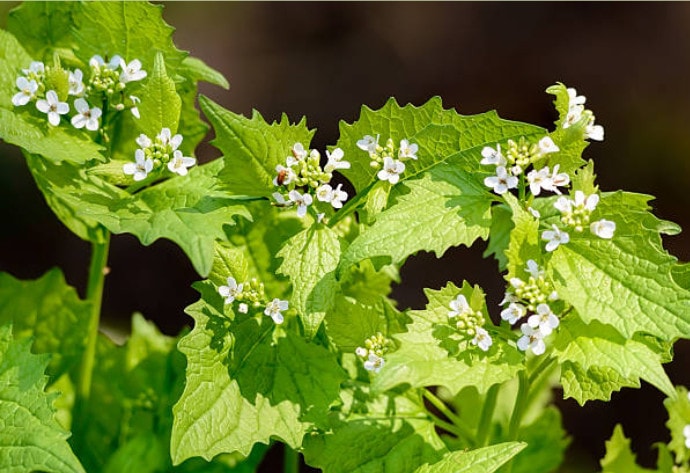
Hedge mustard and turnips belong to the same family. Its development and ability to produce fruit will be hampered if grown beside a turnip. Your turnip draws bugs because of it. If you plant hedge mustard in your garden, your turnip crop may also become infected with clubroot.
Horseradish
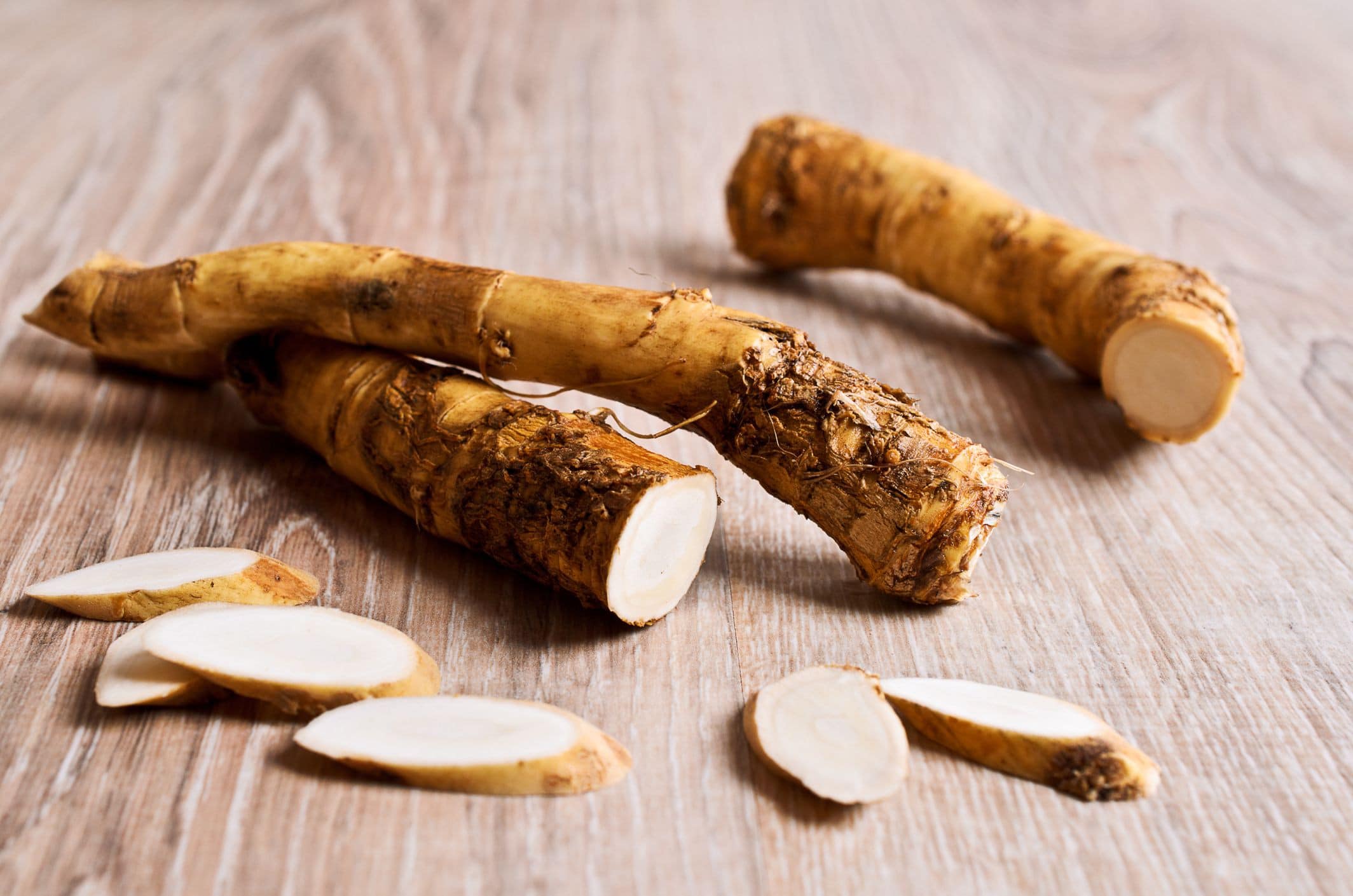
The absolute worst plant to grow near your turnips is this horseradish. It draws vermin that devour your turnip tuber and leaves.
Knotweed
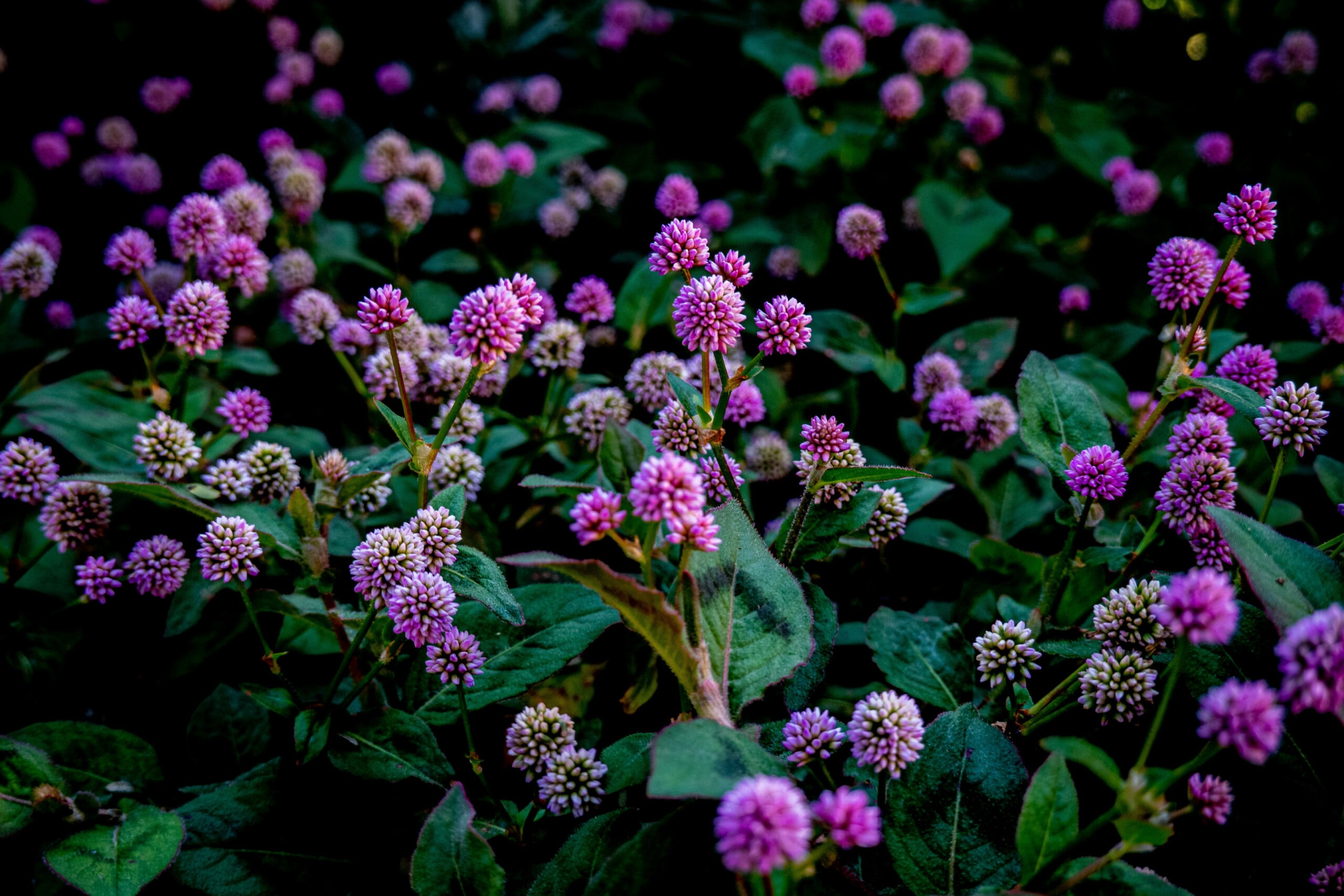
If possible, keep knotweeds away from turnips. This plant prevents turnip growth and can harm the soil and roots surrounding your turnip crop.
Root Vegetables

Never plant turnips near root vegetables. The worst crops to plant alongside turnips are root vegetables. In addition to competing with turnips for nutrients, they take up room underground and compete for root space. They absorb the majority of the soil’s moisture.
The Benefits of Companion Planting
Using companion planting to your advantage is simple. Like humans, plants need company and positive interactions to flourish. Companion planting can double the productivity of food crops.
Imagine this as planting a garden full of useful plants you can later eat. After all, that is the thought of growing them together.
Companion planting has an infinite number of uses. Turnip greens, for instance, benefit from being grown close to turnip companion plants, such as peas, since the two vegetables complement one another. These naturally occurring plants are just as easy to gather as they are nutritious.
Here are the benefits of turnip companion planting.
Minimizes Risks
When you grow two crops together, you boost your chances of getting a decent harvest even if one crop dies or is harmed by environmental stressors like pests, low water levels, or illnesses.
Additionally, it encourages planting plant species that are good for the gardener, the soil, and the ecology. Insect diversity results from the plants’ diversity, which prevents cluster invasions by insects and reduces the frequency of insect raids in your garden.
Saves Space
You have the option of planting multiple plants together thanks to companion planting. Turnips and garlic or onions are a nice example. Planting these three crops can help you make the most of your garden area if you have a tiny garden.
It also aids in correct planning and plant spacing. To combat troublesome pests, your plant structure is crucial.
By interplanting herbs or flowers between each row of vegetables, companion planting prevents the formation of long rows or wide patches of crops. A concentration of a certain vegetable serves as a draw for these troublesome bugs.
It will be more difficult for pests to find crops if you plant various companion plants and flowers. Pests have a harder time surviving and adapting because of the behavioral changes displayed by flowers and herbs, their fragrance, and the variety in their hues.
Protects Crops
By growing a plant next to another with a natural defense against such external forces and can protect surrounding plants, plant companions can help by providing a more fragile plant shelter from environmental factors like the sun or wind.
Reduces Weeds
You want to have as little weeding as possible. Weeds can be choked out by plants near the ground, requiring you to do less weeding. Additionally, the mulch formed by companion plants shades the soil and aids in moisture retention.
Reduces Plant Disease
Disease thrives in broad areas of a single crop. When identical vegetables are grown next to one another, illnesses can spread quickly from one plant to the next. By dividing your crops into smaller groups, companion planting helps prevent the spread of plant disease.
Turnip Companion Planting Guide
After knowing the good companion plants, it is important to know the companion planting techniques for Turnips.
Turnip plants are cool-season crops and are members of the cabbage family. Here is a brief guide on planting turnips with other plants in your backyard garden.
Check the Soil Health.
Choosing the right soil is an important aspect of companion planting turnips. The soil should be clear of rocks and stumps. Turnips thrive in well-drained soil. It prefers rich soil.
When preparing the soil for planting, add some manure. It would be best not to use fresh manure because it will harm the roots.
Turnips prefer a pH range of 5-7 in their soil. Test your pH using a kit, and then adjust it as necessary.
Observe the Planting Season.
To give turnips enough time to mature before the hot weather of summer or the cold weather of winter arrives, direct sow turnip seeds as feasible, as early in the spring or as late in the summer. To avoid crowding, thin seedlings when they are 4 inches tall, spacing them 4 inches apart. Compared to foods cultivated in the spring, fall harvests are typically sweeter.
Attract Beneficial Insects
Fruit-bearing crops like cucumbers and pumpkins require pollinators like butterflies and bees. In the meantime, predatory insects like parasitic wasps, ladybugs, and hoverflies will eat pests like aphids that can harm your turnip crops.
Maintain adequate Sunlight and Water.
Turnips should grow turnips in broad sunlight, with regular irrigation to keep the soil moist. Cover the seed with soil that is half an inch thick to retain moisture for the germination process. To keep weeds out and retain moisture, cover it with mulch.
Turnip Companion Planting FAQs
What can you not plant with turnips?
The worst crops you can grow with turnips are root vegetables. They compete with turnips for soil nutrients, underground room, moisture, and sunlight. Examples of bad companion plants and root crops for turnips include potatoes, knotweeds, and hedge mustards. To increase your turnip harvest, plant thyme, catnip, vetch, and cabbage beside them.
Can I plant turnips near strawberries?
Turnips and strawberries compete for moisture and nutrients. Although they thrive in the same season and weather conditions, ensure not to crop your turnips with strawberries.
Can I plant turnips next to cucumbers?
As nutrient-loving plants, cucumbers draw a lot of nutrients from the soil. Even so, cucumbers will not compete for nutrients. Despite being a root vegetable, it does not utilize the underground soil area, which retains it on the list of crops that work well with turnips.
Can you plant turnips with peppers?
All Brassica family members, including turnips, will limit the growth of pepper plants. Since so many plants work well with peppers, choosing anything else will be much better for your garden bed.
You Might Also Like How To Harvest Chili Peppers
Key Takeaways
Companion planting is very important for maintaining the soil, making the most of the ecosystem’s natural resources, and relieving the farmer of the stress of dealing with pest infestation.
Companion planting techniques offer the gardener in charge of a small farm the soil’s long-term stability and diversity. Companion plants provide cover and shade, ward off pest insects that harm crops, and enrich garden soil with vital nutrients.
After reading this guide, you will have all you need to be a pro companion farmer, with some of the best turnip companion plants during the upcoming planting season.
